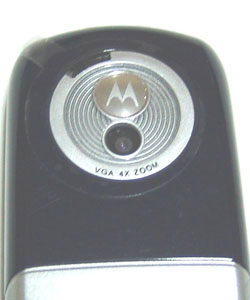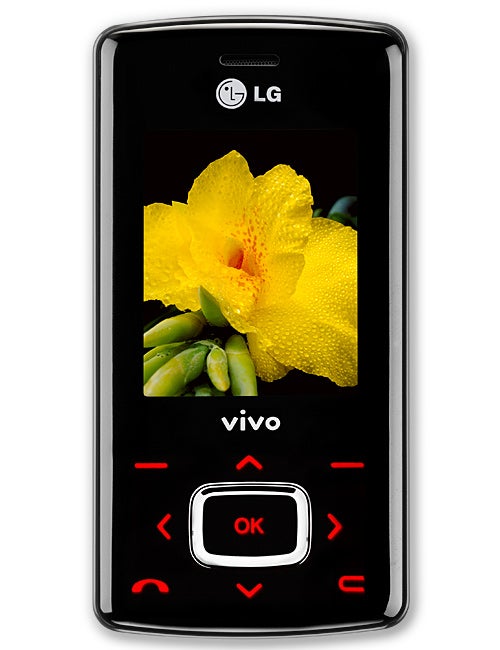

market are still in high school, while their younger siblings are older than the first Apple iPhone. Children born in the year the first camera phone hit the U.S. The oldest millennials could remember a time when they had never seen a mobile phone while the youngest ones may have never used a residential landline. The technology has evolved so quickly that it’s easy to forget how recent mobile phone technology emerged and evolved. Over the years, mobile phones emerged that many still look back on with fondness and nostalgia, phones that were discontinued because mobile technology outpaced them, or because better versions evolved from them, or because they simply couldn’t compete on price and functionality. Technology is, and was back then as well, changing very fast - these are the gadgets from the ‘90s no one uses anymore.


By the late 1990s, clamshell phones with bigger memories and longer battery lives were ubiquitous, and just a few years later came the rise of the smartphone, also known as the pocket computer. The earliest cellular phones were candy-bar shaped hunks that could store a limited number of contacts and recall only a few missed or received calls. The brick-sized phone weighed almost two pounds, took 10 hours to charge, and cost nearly $4,000, more than double the price of the most expensive Apple iPhone on the market today.Īs digital mobile networks emerged in the 1990s, the number of mobile phones in the marketplace exploded. The name might sound like something from science fiction, but by today’s standards of mobile technology the DynaTAC was downright Paleolithic - and expensive. Cellular phone technology has come a very long way since the first commercial handheld cellular phone hit the market in the United States in 1983, the Motorola DynaTAC 8000X.


 0 kommentar(er)
0 kommentar(er)
